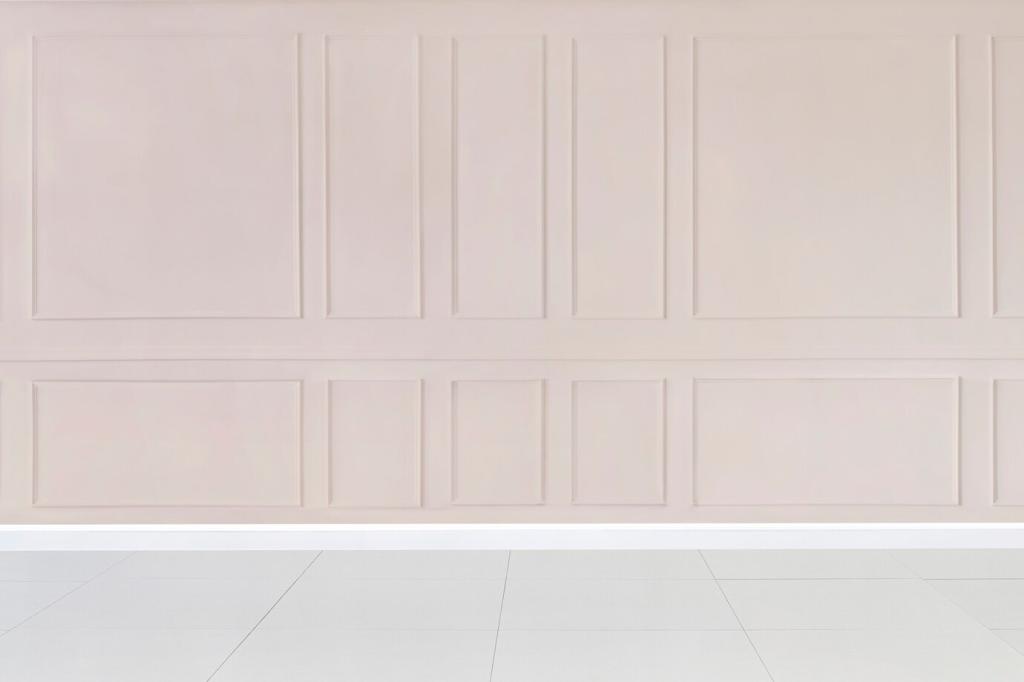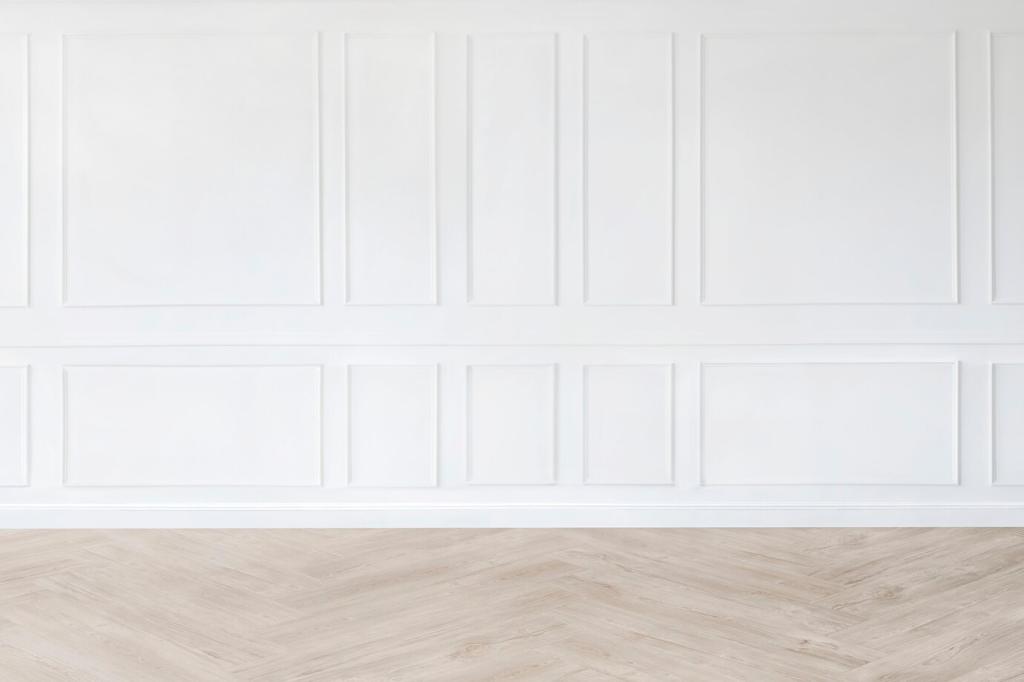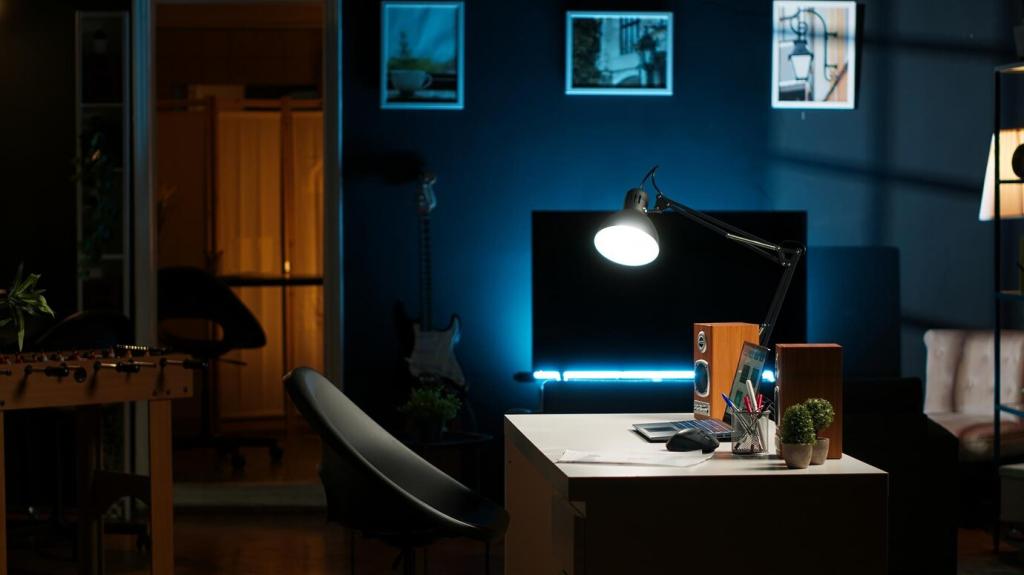
Design Less, Deliver More: Minimalist Design Principles
Chosen theme: Minimalist Design Principles. Explore how intentional restraint, clarity, and purpose turn quiet interfaces into powerful experiences. Stay with us, subscribe for upcoming stories, and share how minimalism shapes your work.


Typography as Architecture
Pick a versatile type family and rely on two or three weights to express voice. Consistency becomes a calming pattern, making navigation obvious and reading effortless, while reducing cognitive overhead across every screen.
Typography as Architecture
Keep line lengths comfortable and spacing generous. When letters have room, comprehension rises and stress falls. Minimalist Design Principles favor readable rhythm over crammed information, especially on smaller devices where clarity matters most.
Color That Whispers, Then Speaks
Neutral Bases, Honest Tone
Start with neutrals that respect content: soft whites, subtle grays, natural blacks. This palette stabilizes contrast and lets imagery or data breathe, ensuring the interface feels trustworthy instead of distractingly theatrical or loud.
One Accent with a Job
Give your accent color a single responsibility, like primary actions or alerts. When color carries consistent meaning, users learn quickly, mistakes decline, and the experience feels composed rather than chaotic or indecisive.
Contrast for Everyone
Minimalist Design Principles demand accessibility. Aim for strong contrast ratios, test in sunlight, and verify with tools. Inclusive contrast strengthens clarity, improves conversion, and respects every reader’s eyes across diverse conditions and abilities.



Microinteractions That Matter
Keep feedback crisp and meaningful: a subtle button press, a tidy progress pulse, a soft success check. Avoid decorative flourishes. Minimalist Design Principles ask, “Did this motion help someone complete their task faster?”
Motion with Meaning
Use motion to reveal hierarchy, not to show off. Animate from the origin of interaction, maintain duration discipline, and prefer easing that feels natural. Invite readers to comment with their favorite minimal microinteraction patterns.
Fewer Paths, Clearer Outcomes
Reduce competing entry points. Offer one primary path and one respectful alternative. When choices simplify, confidence grows, and abandonment drops. Share your most effective simplification wins; your example might help another reader tomorrow.
Weight Budgets as Constraints
Set a strict page weight budget and treat it like gold. Every kilobyte must justify itself. This constraint forces better typography, smarter images, and leaner code that respect attention and battery life.
Editing Content Ruthlessly
Say the most with the fewest words. Cut duplication, ban filler, and surface the essential. Minimalist Design Principles elevate clarity by letting language serve tasks, not vanity, making interfaces feel considerate and precise.
Test, Listen, Iterate
Measure time to interactive, input delay, and perceived speed. Pair metrics with user interviews. If people describe the product as calm and immediate, minimalism is working. Subscribe to get our performance checklist and templates.
Donors saw graphs fighting for attention and inconsistent labels. We mapped tasks, removed vanity metrics, collapsed filters, and standardized typography. Confusion dropped within hours as people finally recognized what mattered most.
A Case Story: From Cluttered to Calm
Start Your Minimalist Sprint Today
List every component on a key screen. Mark elements that directly support a user task. Everything else is a candidate for removal, merging, or demotion. Share your audit highlights with our community for feedback.
Start Your Minimalist Sprint Today
Identify the few features driving most value. Elevate them visually and structurally. Archive the rest until proven essential. Minimalist Design Principles thrive when priorities become visible and decisions become easier to defend.
